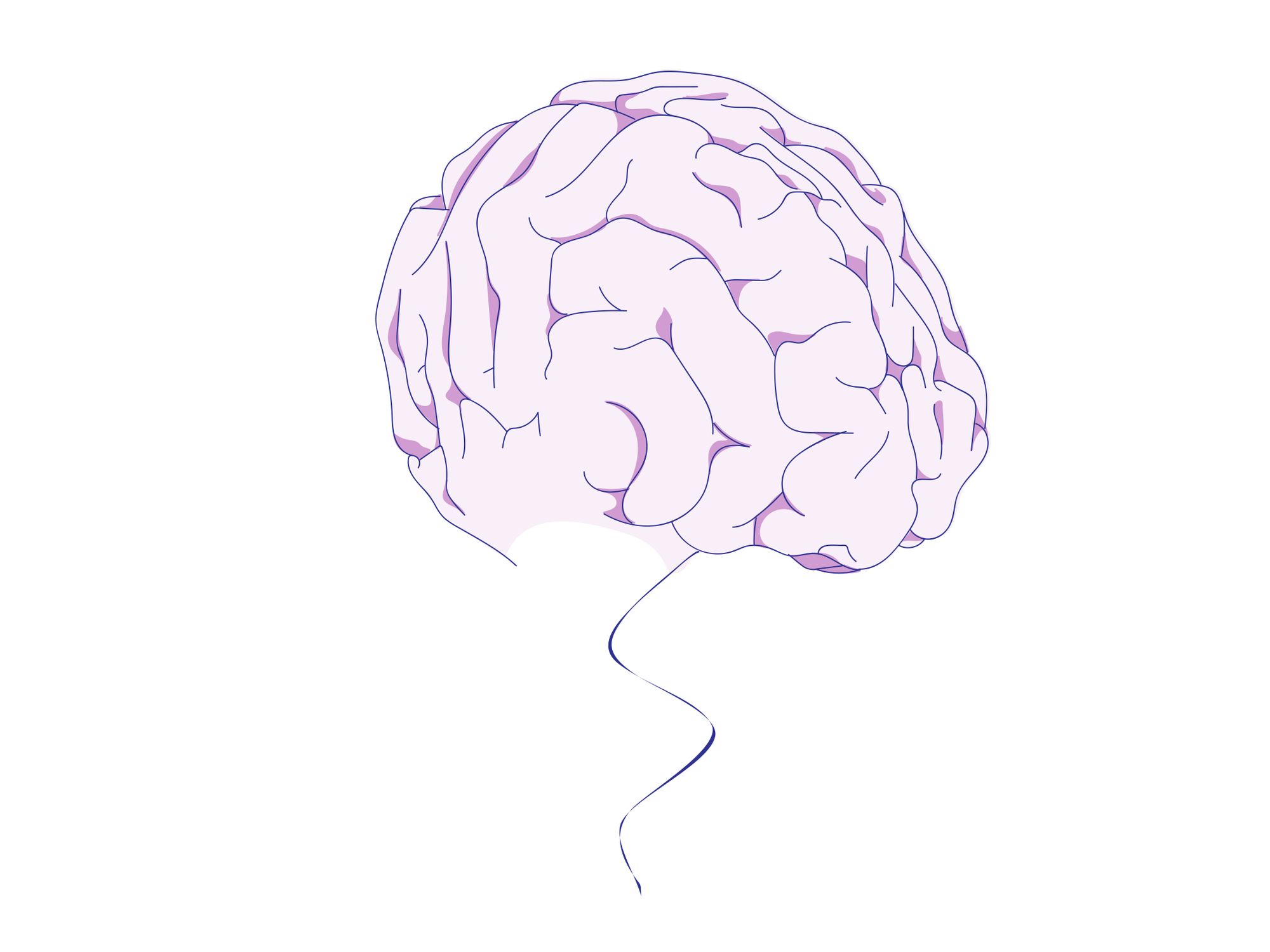Cognitive distortions

“Why don’t trials convert more?”
The meeting was going well until now. Sh*t.
I know we don’t have the right product analytics to answer the stakeholder’s question.
This basic question has me scrambling for answers. I should be able to provide a clear data-backed reply on the spot, right?
“Hmm… marketing has been casting wider nets these last months. Top-of-the-funnel content may be driving less qualified leads. Onboarding needs some love, too.”
We’re not a serious SaaS. All serious SaaS have massaged data in beautiful dashboards!
I’m not a real product owner. All real product owners have insightful replies for stakeholders!
I’m a fraud. How they must regret giving me that role!
That’s it—from now on, I’ll lose face every time a stakeholder asks me something.
☝ ️There you have it: a real-life example jam-packed with cognitive distortions.
—Courtesy of yours truly, approx. four months ago.
What are cognitive distortions?
They are faulty or unhelpful connections your brain can’t stop making. There are ~15 categories. Here are three examples:
“The VC refused to invest in my startup. I knew this business was a stupid idea to begin with—it could never work!”
→ Overgeneralization ✔️
“Thanks, but doubling traffic on our website wasn’t that hard. There were lots of easy keywords. Google algorithm updates penalized some competitors, too.”
→ Disqualifying the positive ✔️
“My colleague reviewed my code and didn’t comment on it. She must think I’m not even worth giving feedback to ‘cause I’m an intern who won’t get a job offer.”
→ Mind-reading ✔️
And the brain’s diatribe goes on.
It’s not its fault. Evolution hardwired it to spot patterns and predict outcomes.
It cannot help itself.
But you can.
Why spot, and stop
Isolated cognitive distortions seem harmless.
A bad thought here and there can’t hurt much. But thoughts, good or bad, never stop. Ask anyone who’s experimented with a mindfulness practice.
What happens when you let lousy thoughts take mind space too often? Their negative effects compound.
You make emotional decisions based on twisted conclusions. You stress over irrational, hypothetical outcomes. You suffer through dark outlooks and unkind introspections.
Keep that up long enough, and your mental health will deteriorate. Your relationships and work performance will follow.
The distortion cycle:
Faulty thought patterns → Emotional pains → Unproductive behaviours 🔁
That’s why you need to spot and stop cognitive distortions as soon as possible.
Why am I writing this?
In 2017, I went through a severe depression. Cognitive behavioral therapy (CBT), meditation, and medication saved my life.
The practical tool belt proposed by CBT, while not a panacea, is one I still wear and share.
I often find myself talking about it with friends and colleagues. So I decided to count my keystrokes and write this short essay.
Keep in mind that I’m not a licensed mental health professional. I’m just your friendly neighbourhood anxious dude who geeks out on psychology. I always nudge people towards getting professional help.
Rewriting the story
Remember the intro story? Let’s unpack that scenario.
I’ll map every faulty thought pattern to a corresponding distortion. I’ll then replace the thought with a more constructive one. They call this cognitive restructuring.
Here we go:
“Why don’t trials convert more?”
The meeting was going well until now. Sh*t.
I know we don’t have the right product analytics to answer the stakeholder’s question.
This basic question has me scrambling for answers. I should be able to provide a clear data-backed reply on the spot, right?
“Hmm… marketing has been casting wider nets these last months. Top-of-the-funnel content may be driving less qualified leads. Onboarding needs some love, too.”
How shaky.
→ Should statements
Here, I’m making a random “should” statement on the nature and context of my answer. The truth is that I’m pulling this expectation out of thin air. I'm telling myself that I need to have a great answer right now, when I know I don’t have one. I’m setting myself up for disappointment.
It’d indeed be great to have a clear, data-backed answer to the stakeholder’s question. Yet, no one is expecting me to pull up an in-depth graph on the spot. The stakeholder asked a relevant question—fine. I can acknowledge that! I’m better off stating: “I prefer making inquiries and get back to you with actionable answers.”
→ Labelling
By labelling the question “basic” and my answer “shaky,” I’m framing the exchange in an unfavourable light. I couldn’t be further from the truth. Though short, the question “Why don’t trials convert more?” is far from simple. In SaaS, a myriad of reasons influences trial conversion rate. Pricing, customer support, UX, competition, lead qualification, etc.
→ Mental filter
I’m filtering out the positive here. I’m focusing on one of many answers given throughout a meeting I said was “going well.” While my answer is an imperfect one indeed, it might not be completely void of value. I can use it as an early hypothesis to validate while inquiring further!
We’re not a serious SaaS. All serious SaaS have massaged data in beautiful dashboards!
I’m not a real product owner. All real product owners have insightful replies for stakeholders!
I’m a fraud. How they must regret giving me that role!
→ All-or-nothing thinking
Leaving no room for shades of gray here, huh? So we lack product analytics to answer one specific question. It has nothing to do with us being a “serious” SaaS. Offering a single vague answer to stakeholders doesn’t mean I’m not a real product owner either. A SaaS and a product owner are multifaceted constructs: you can’t 100% nail every single thing. You’re good at some things and can improve on others. And that’s fine!
And what’s that about being a “fraud”? First, that’s labelling, and that sh*t doesn’t help anyone. I know for a fact I have dozens of wins under my belt. These define me much more than that single, low-stakes interaction!
→ Overgeneralization
I’m in the law of small numbers territory here. I’m equating one isolated occurrence—us not having a particular set of data—to us being a “fake” business. I’m doing the same thing for myself: equating a single imperfect answer to me being a fraud. I can remind myself that these unpleasant occurrences are:
1) less frequent than the pleasant ones
2) not scientific proof that things will keep going that way. I made that part up!
→ Mind reading
Wait, did I gain telepathic powers during that meeting? I don’t think so… so why am I pretending I know what the stakeholders are thinking about me? I don’t have to jump to negative conclusions like this. They have no basis in reality, and they’re not helping me in any way. The truth is: I don’t know what they’re thinking! I also have no control over that. What I do have control over is how I choose to think, and how I choose to act going forward. I’ll try to focus on that instead!
That’s it—from now on, I’ll lose face every time a stakeholder asks me something.
→ Fortune telling
Gosh, I’m turning into a psychic here! Bleak future I’m drawing . Wait. I’m no Nostradamus. I have no clue what the future has in store. As for the past? Let’s see. Most times I had meetings with stakeholders, I made a good impression! That’s a future indicator more based in reality than my earlier shenanigans!
Closing thoughts
Cognitive restructuring: complete 💯
Ahhh! Sigh. Feels better, doesn’t it? I know I do!
Listen, maybe I made that look too easy. It’s not—at least not at first! But, with practice, it gets easier.
I used to do it every week, on paper. Yes, it was long. But the mere act of writing down your negative thoughts and reading them out loud is… impactful. I remember thinking, “Jeez, I’m saying that sh*t, in my head, all the time?” It motivates you to try and reframe these thoughts.
Cognitive restructuring is one reliable way to do that.
I encourage you to try it. There's an app for that.
FWIW, I’m not "cognitive distortions free" now. I have these faulty thoughts all. the. time.
The difference is today, I catch myself thinking these thoughts.
And when I do, I have the opportunity to restructure them.
After all, our thoughts should help us, not harm us.
IF YOU NEED HELP, please, meet with a therapist.
If you don’t have the money, ask close friends or family.
If you’re not comfortable asking, shoot me an email—I’ll pay for your first session and help you plan for the next.
👉🏼 If you live in Canada, this directory lists psychological associations websites.
I recommend trying cognitive behavioral therapy (CBT). You can add it as a filter in most associations’ websites.
If you’re somewhere else, a quick Google search will do the trick.
Once you find someone near you, pick up the phone and book an appointment.
The worst that can happen? You don’t connect with the person and search for another.
The best that can happen? You find someone you like, someone expertly trained into helping you live a better life.
Remember: your brain is asset #1! If it breaks, everything else pays the price.
Wishing you balance and happiness! 🙇♂️
